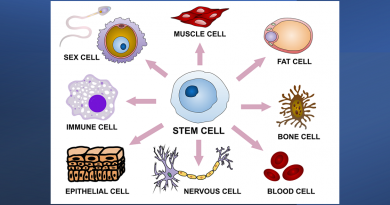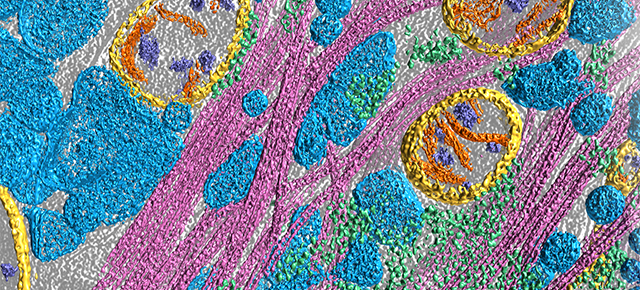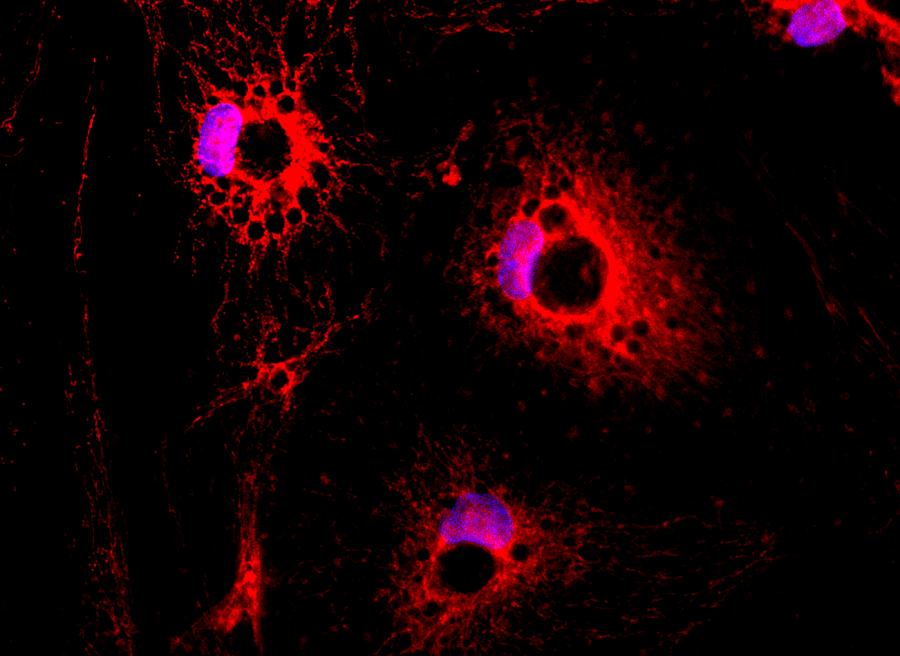Study clarifies parents as source of new disease mutations in mosaicism
Mosaicism occurs when cells in a single person or organism have a different genetic makeup.

In 2011, Dr. James Lupski , vice chair of molecular and human genetics at Baylor College of Medicine and his colleague Dr. Pawel Stankiewicz , associate professor in the same department tasked graduate students in their labs Ian Campbell and Bo Yuan – both currently fourth-year graduate students and co-first authors on the paper – with providing a deeper understanding of the role of mosaicism and how it may contribute to genomic disorders. Lupski and Stankiewicz are each senior and corresponding authors of the resulting reports that appears in the American Journal of Human Genetics .
The study involved an international team of scientists led by Baylor College of Medicine sheds new light on the frequency of mosaicism in genomic disorders. Other institutions involved include the University of Leuven in Belgium, St. George’s Healthcare Trust in London, Radbound University Medical Center in Nijmegen, Netherlands, the Institute of Mother and Child in Warsaw, Poland, and Trinity University in San Antonio, Texas.
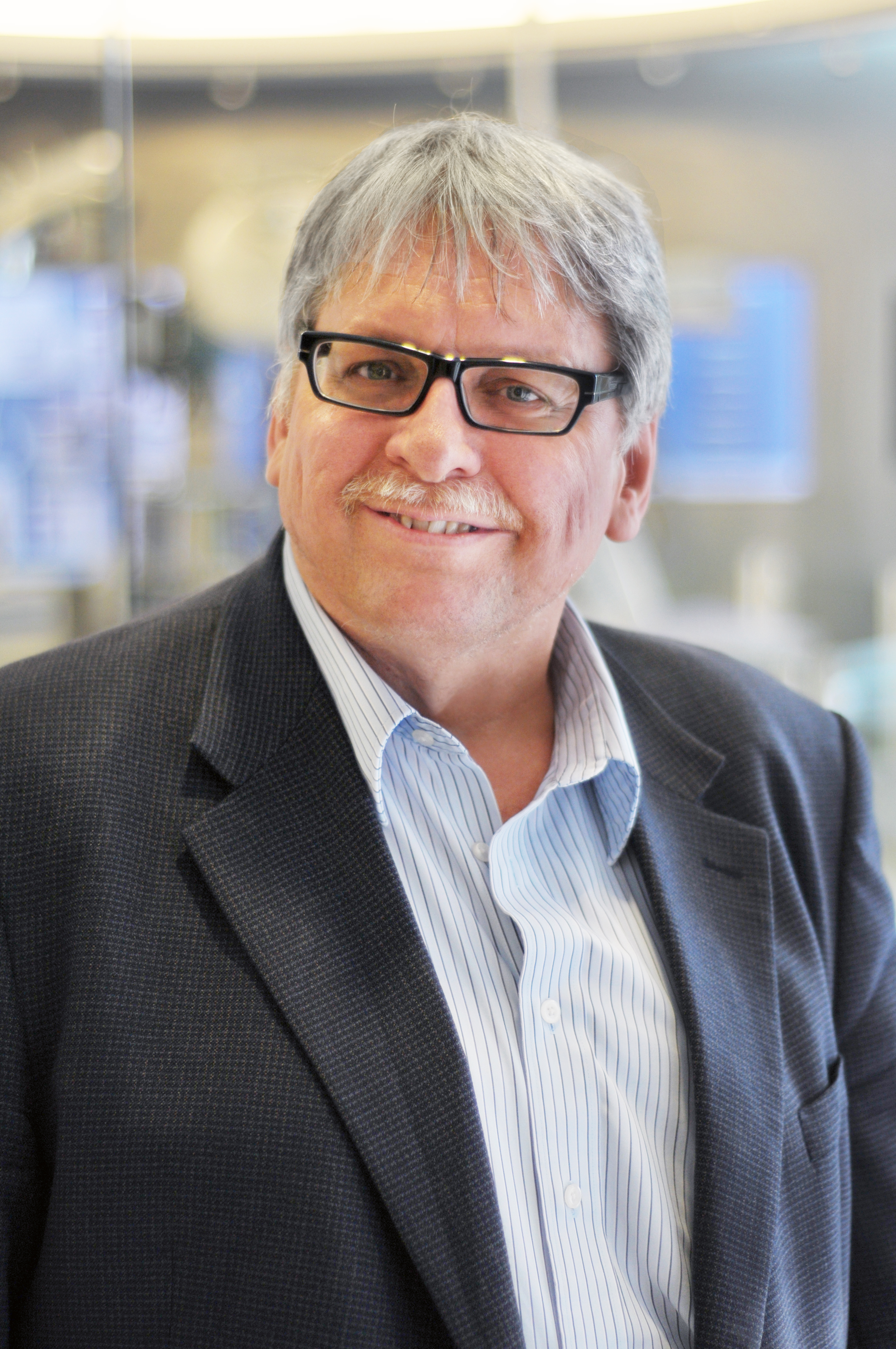
One human, multiple genomes
With recent advances in genome technology, it is becoming increasingly apparent that a human individual is made up of a population of cells, each with its own “personal genome,” said Lupski, also the Cullen Professor of Molecular and Human Genetics at Baylor. “Before this study, we understood very little about the centrality of mosaicism in the development of human disease.”
And as the experts found out, mosaicism is much more common than originally thought and contributes to recurrence risk in future offspring.
Mutations and mosaicism
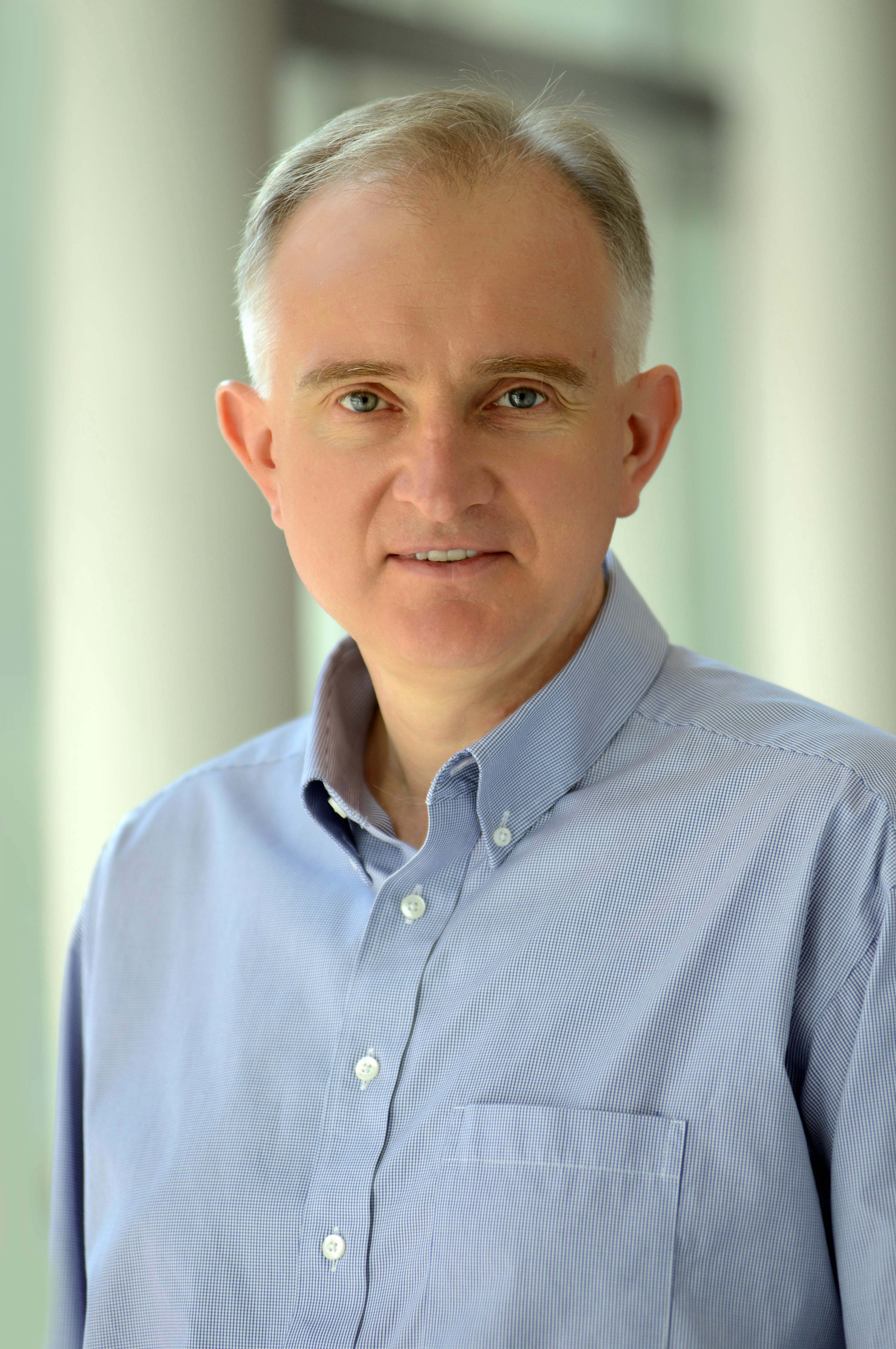
The classic way of thinking about new disease mutations – those affecting children with disease when the parents are unaffected – is that they occur between during reproduction and arise in either the sperm or egg, said Campbell, a first author on the report and a fellow of the Baylor College of Medicine Medical Scientist Training Program
Alternatively, with mosaicism, these mutations may occur throughout the development process of the mother or father, said Campbell.
“Depending upon when during the human life cycle the mutation arose more or less cells in an individual are mutant,” said Campbell. “If the mutation occurs earlier, then more of your body is mutant and those cells can contribute to sperm or eggs that can in turn be passed on to offspring.”
Currently, gene analysis techniques are limited in sensitivity to detect these mutations since their presence at the molecular level is so low, Stankiewicz said.
Campbell and his team developed a new amplified analysis tool that could better capture these mutations using a parent’s blood sample.
Stankiewicz and Lupski established an international team to put the tool to work. In a study of 100 families of children with rare genetic diseases, they identified four families with unexpected mosaic mutations.
“The number of families with mosaicism was much higher than we expected,” said Campbell.
Previous research had suggested mosaic parents were less than a half percent of cases, Stankiewicz said. “The finding of 4 percent was a surprise.”
Recurrence risk
The surprise findings opened a new challenge for the team.
“We got into this broader conversation about how this finding fits into our understanding of the emergence of these mutations and how they transmit between generations,” said Dr. Chad Shaw, associate professor of molecular and human genetics at Baylor and a co-author on the report. “We tried to formalize that into a mathematical model with the intent of providing important information for recurrence risk counseling.”
“Often parents of children with severe diseases come to us and want to know what this is, why it happened and what is the chance it will happen again,” said Lupski.
Shaw, a statistician and adjunct professor in the Rice University Department of Statistics, developed a mathematical model that could accurately estimate the risk that such changes will happen again.
“We found something unexpected that we probably should have seen coming,” said Shaw. “There is a difference in risk between moms and dads.”
The team determined that two main factors played a role in determining recurrence risk – who is the parent of origin of the mutation and can the mutation be detected in part of that parent’s body?
In the study, mothers were estimated to be about 25 times more likely than fathers to have a recurrence. Meanwhile, mothers who had mosaic mutations identifiable in their blood are twice as likely to have a recurrence than non-mosaic mothers, and fathers are about 50 times more likely to have a recurrence if the mutation is detected in their blood.
“This study gives new light to data already in the literature that directly supports this model,” said Lupski.
Additional collaborators include Przemyslaw Szafranski, Katie S. Plunkett, Amber N. Pursley, Sung-Hae L. Kang, Weimin Bi, Seema R. Lalani, Sandesh C. S. Nagamani, Ayelet Erez, Carlos A. Bacino, Ankita Patel and Sau Wai Cheung, all of Baylor College of Medicine; Caroline Robberecht and Joris R. Vermeesch of the University of Leuven; Rolph Pfundt, Joris A. Veltman and Lisenka E. L. M. Vissers of Radbound University Medical; Meriel M. McEntagart, Mala Vast, Michael Patton and Karen Marks of St. George’s Healthcare Trust; Magdalena Bartnik and Barbara Wi?niowiecka-Kowalnik of the Institute of Mother and Child; and Peter Olofsson of Trinity University.
Funding for this work was provided by the National Institute of Neurological Disorders and Stroke (F31 NS083159, R01 NS058529); Doris Duke Charitable Foundation; Intellectual and Developmental Disabilities Research Center (P30 HD024064); the Baylor-Hopkins Center for Mendelian Genomics (U54HG006542);National Heart Blood and Lung Institute (R01 HL101975); Polish Ministry of Science and Higher Education (R13-0005-04/2008).

